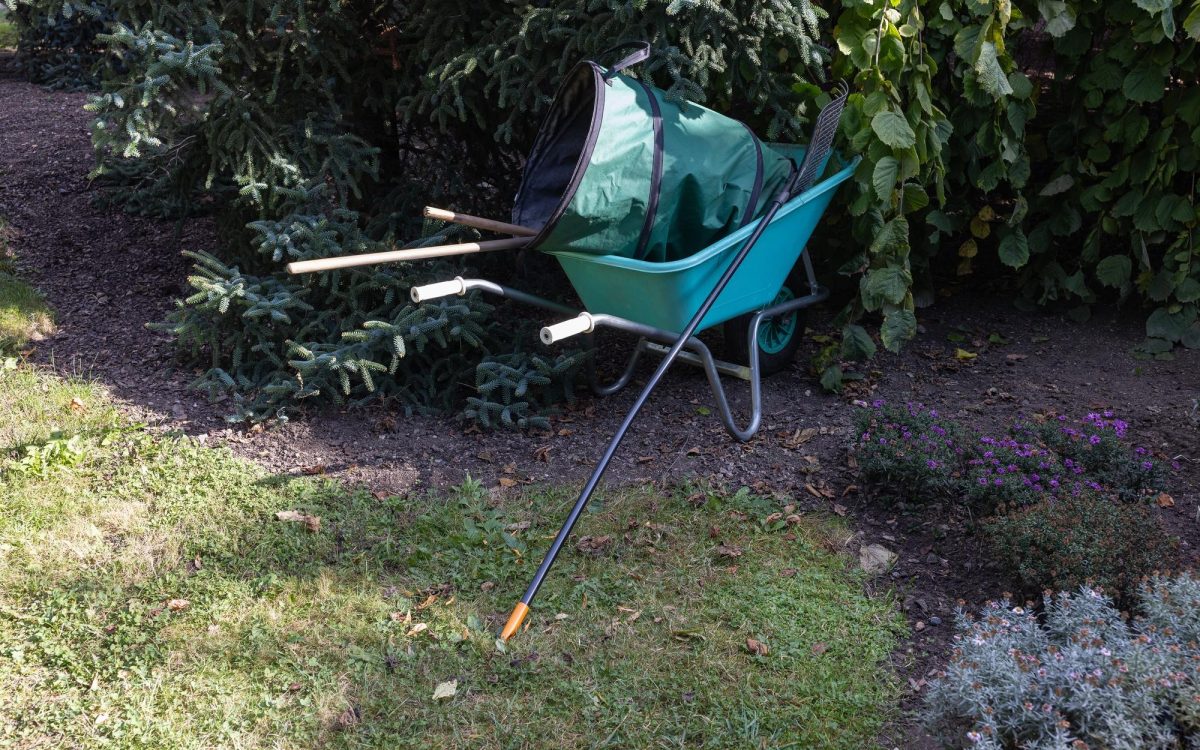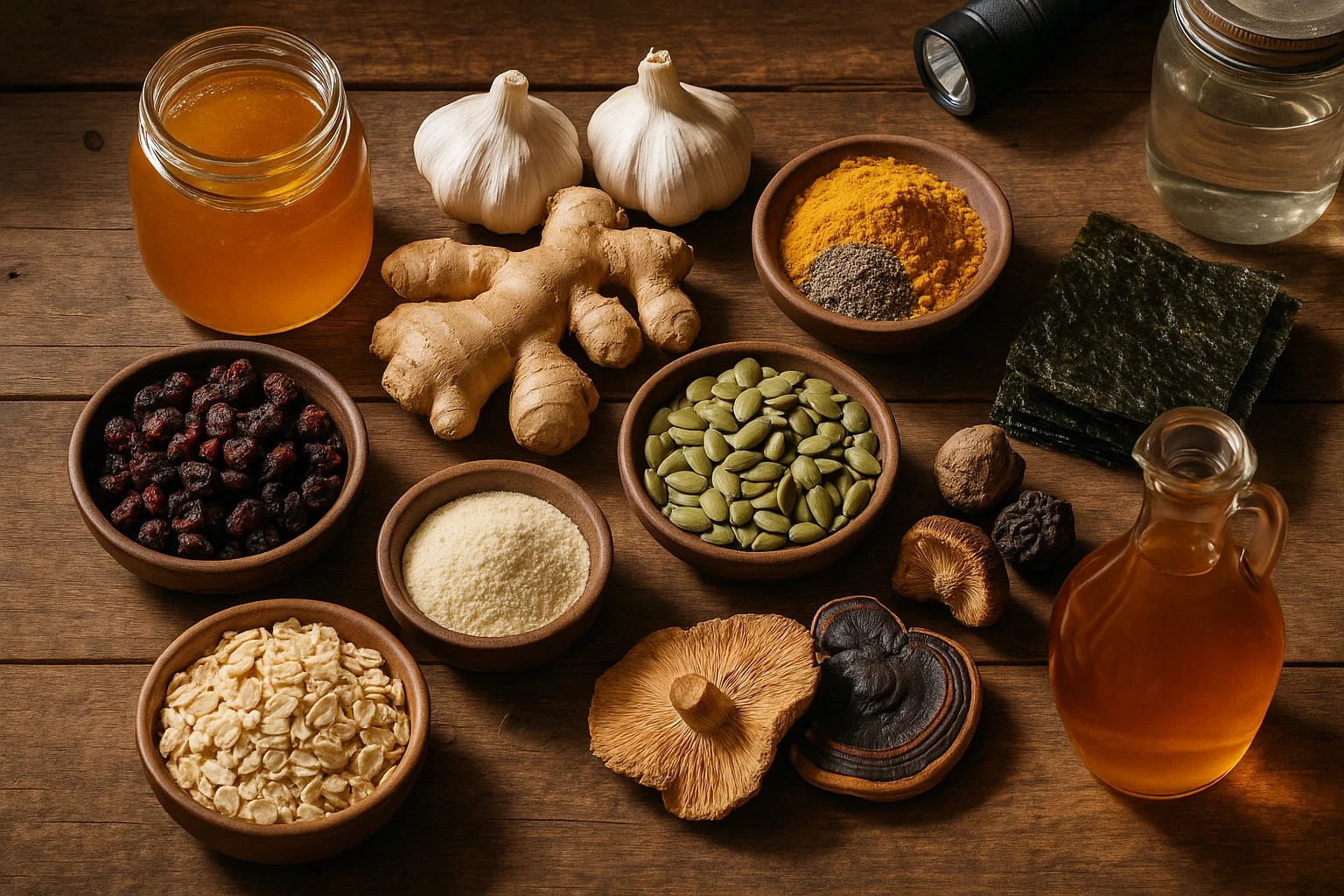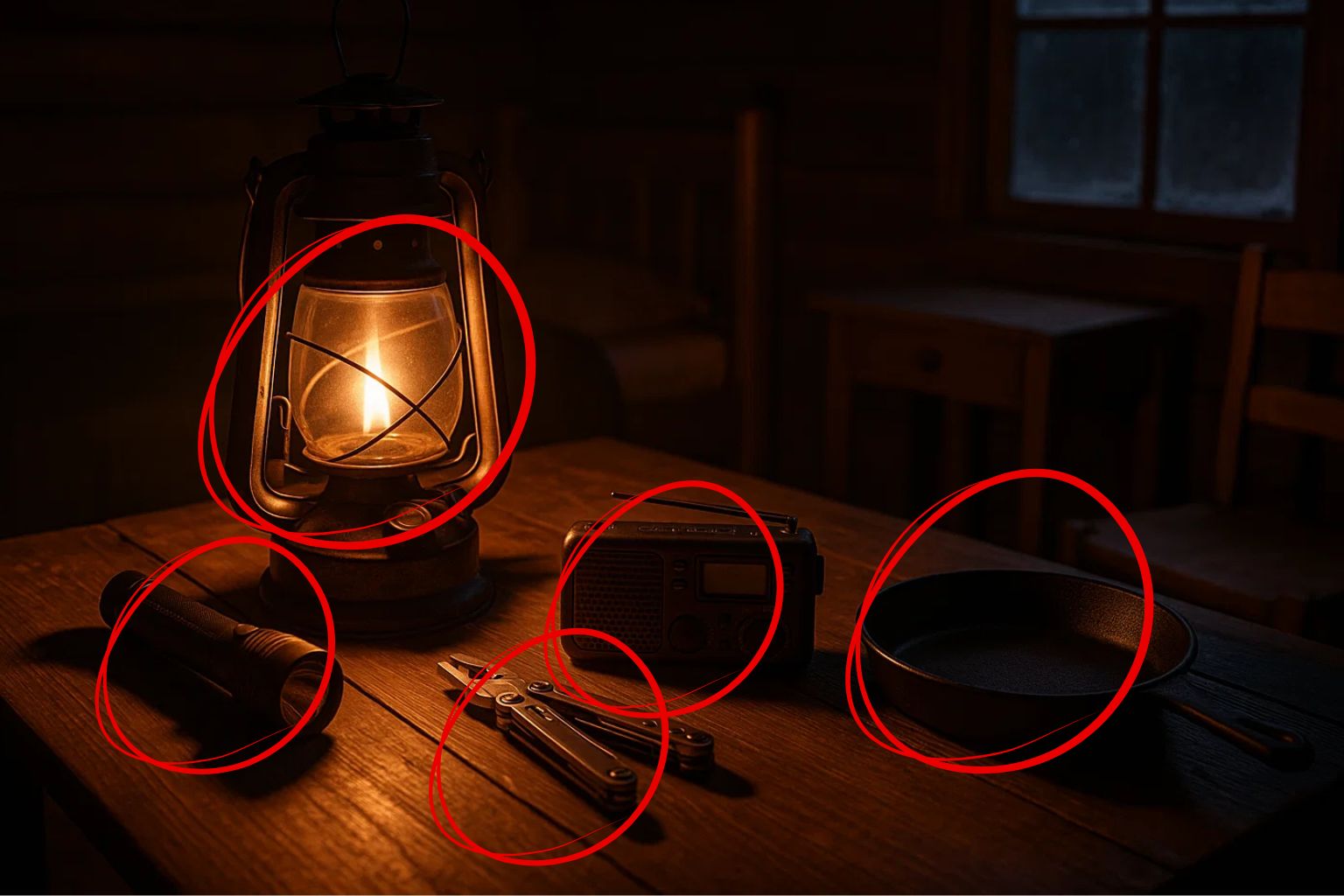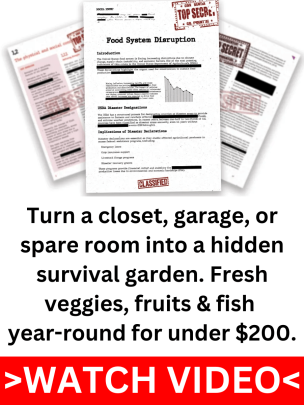You most likely see bug-out bags filled with every possible device, shelves of canned goods, and water filtering systems when you think of survival supplies. What if I told you, however, that some of the most useful survival gear might be found right outside your back door? Yes, even a small piece of grass or a large garden in your backyard has unrealized survival potential.
Knowing how to make use of what is available to you in an emergency is more important than simply owning the newest equipment. Let’s examine how, in times of need, your backyard might turn into your lifeline.
Edible Plants
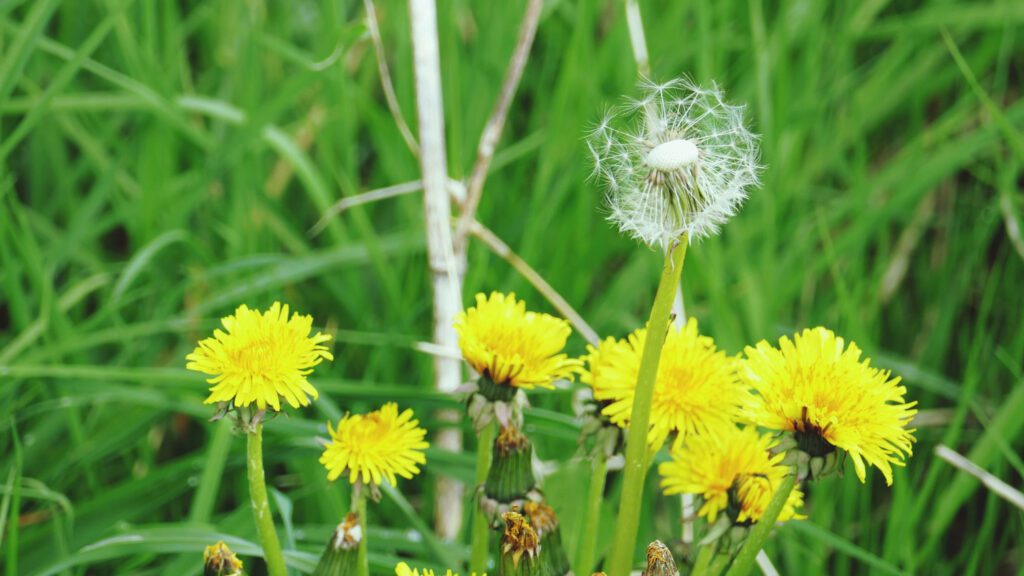
Although most people ignore edible plants in their backyards as weeds or garden debris, they can be lifesavers in a survival emergency. Consider dandelions as an example. These hardy plants are surprisingly abundant. The leaves can be either raw or cooked and are high in nutrients. When coffee is out of reach, the roots can be roasted to create a caffeine-free tea that serves as a convenient energy boost. Every part of this plant has value, even the blooms, which can be utilized to make wine or syrup.
Plantain is another hidden gem. This plant, which is commonly found growing between pavement cracks or along fence lines, offers a wide range of applications. Its leaves, mashed into a poultice, can treat wounds or bites, and its seeds are edible and high in fiber. Chickweed, another backyard survivor, is a delicate green that pairs well with soups and salads, adding a mild flavor and plenty of vitamins.

Those who are fortunate enough to have fruit-bearing trees or bushes reap a greater harvest. Blackberries, elderberries, and mulberries are nutrient-dense, providing a natural source of sweetness and energy. Elderberries, in particular, can be processed into syrups that boost your immune system. Look for these shrubs along your property border; they tend to grow in abandoned areas.
Another underutilized resource is acorns, particularly during the winter months when fresh greens are in short supply. These nuts are abundantly dropped by oaks, and although they are bitter when raw, they can be used as food if the tannins are soaked out. You may make flour for baking after drying and grinding, which is an essential supply of carbohydrates in long-term situations.
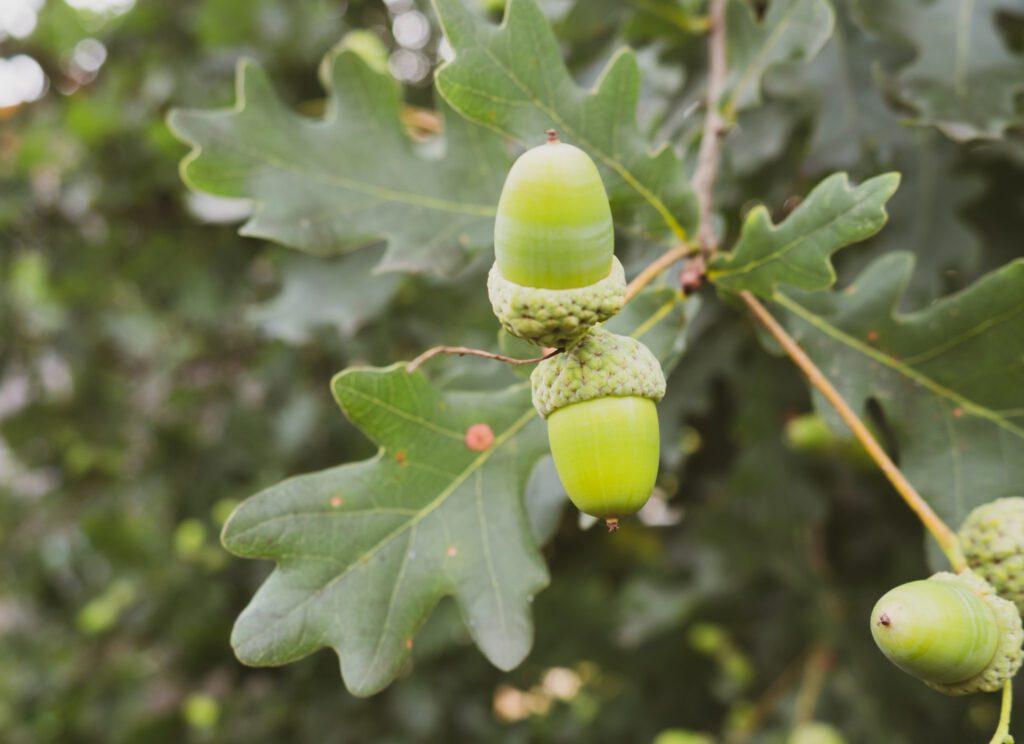
Not to be overlooked is the common pine tree. Its needles can be used to make a vitamin C-rich tea, which is crucial for avoiding scurvy when there is a protracted lack of fresh fruit. When properly peeled and processed, pine bark can also be eaten, adding calories.
Take the time to learn how to identify plants if you’re not sure what’s safe to consume. You can learn to differentiate life-saving plants from harmful imitations by consulting a reference such as John Kallas’ Edible Wild Plants: Wild Foods from Dirt to Plate. Start with the plants that are nearest to your home because foraging is a skill that takes experience.
Natural Water Sources and DIY Collection Systems
The most important resource for survival is water, and there may be undiscovered resources in your backyard just waiting to be discovered. The easiest and most efficient way is to collect rainwater. You can redirect rainwater into barrels for later use by reusing your gutter system or using a tarp. Although this approach offers a sustainable supply, always cleanse rainwater before drinking it because it may contain bacteria.
Morning dew provides an option in drier climates or throughout the summer. Small amounts of moisture can be captured at dawn by draping a clean cloth over grass or plants. Even though it’s not much, every drop helps in an emergency. In a similar vein, moss, which grows naturally in moist, shady places, functions as a sponge. Small but essential amounts of water can be obtained by gathering and wringing out moss.
You’re in luck if you have a pond or stream in your backyard, but filtration is essential. Although boiling water is the best option, a do-it-yourself filter might work just as well if firewood is limited. making a makeshift filtration system out of charcoal, gravel, sand, and a bottle. Clarity and taste will be enhanced, but not all pathogens will be eliminated.
Solar stills are another viable option. You may distill water from any source, including saltwater, using plastic sheets and a container. This slow but dependable process converts sunlight into a purification system. Knowing how to get to and purify water guarantees that you are always prepared.
DIY Project
When clean water is limited, a homemade water filter could make the difference between health and illness. This project employs simple materials, many of which can be found in your backyard or around your house, to filter dirt and debris from water.
Begin by locating a sturdy plastic bottle or similar container. Cut off the bottom to make an opening for layering the filter materials. Place a piece of linen or cotton around the bottle’s narrow neck to serve as the first barrier. Above this, place a layer of activated charcoal to absorb pollutants and improve taste. Add a layer of sand over the charcoal, followed by gravel.
The combination of materials functions as a natural filtration system. When water is placed on top, the gravel eliminates larger particles, the sand collects smaller material, and the charcoal absorbs germs and poisons. While this procedure does not ensure sterilization, it does greatly improve water quality. To ensure safety, always boil or treat filtered water with chemicals. Practice this now to ensure you’re ready when the occasion arises.
Hidden Storage Opportunities
In addition to providing food and water, your backyard is an ideal location to store supplies. The goal of hidden storage is to integrate your belongings into the surroundings so that you can easily get them in an emergency but others cannot see them.
Using tree stumps or hollow logs is one of the better possibilities. A natural hiding place can be created by hollowing out the center of a fallen tree. It mixes in with the surroundings, and if you want to keep it discrete, you may cover the aperture with a piece of bark. Similarly, cut a small hole in the middle of a tree stump and cover it with a piece of detachable wood. This location is perfect for keeping tiny tools, supplies for making a fire, or even a small food supply.
Learn how to organize and declutter your prepper stockpile
Purchasing a waterproof container is a more secure choice. For this, PVC pipes with sealed ends are ideal. Stow your belongings inside, cover the lids securely, and bury the container somewhere you can remember it, such under a certain tree or next to a noticeable rock. Your supplies will remain safe for years because to the pipe’s resistance to moisture and vermin.
You can also include storage into your landscape. A concealed space that is completely covered by plants and soil can be created by putting a waterproof box underneath an elevated planter bed. This approach is especially effective for small tools, seedlings, or last-minute cash.
Finally, keep in mind that commonplace items can serve as hiding spots. For instance, compost bins can be altered to hide supplies by adding false bottoms. No one will want to dig through a compost pile because of its inherent messiness. Similar to this, important goods might be kept hidden in plain sight in an old toolbox or metal tin.
Creativity and awareness of your surroundings are essential for covert storage. Before relying on your hiding places, be sure they are waterproof and really safe. Your backyard can be transformed into a stronghold of hidden resources with a little preparation.
Backyard Defense
In a calamity, your backyard might become the front line. Begin by strengthening its perimeter. While fences are a good initial line of defense, they are not sufficient. Thorny plants, such as blackberry or rose bushes, provide a natural, unpleasant barrier against intruders. These plants also serve as food sources, with berries that can be collected seasonally.
Lighting is an important aspect of defense. Solar-powered motion lights may light up gloomy places without relying on the power grid. Place them near gates, doors, or sheds to deter trespassers. Even simple candles or torches can indicate that your property is occupied and protected.
Another powerful deterrent is sound. Place dry leaves or gravel along pathways where trespassers might come. A natural warning mechanism is provided by the crunching sound beneath your feet. Trip wires fastened to bells or cans can notify you of movement for a more sophisticated system.
You can also fortify your tool shed. Use plywood or braces to strengthen the doors, and secure important tools with locks. To deter theft, think about burying supplies close by or making secret compartments inside the shed. If necessary, tools like axes, hammers, and shovels can also be used as weapons.
Keeping people out of your backyard is only one aspect of backyard defense; another is giving yourself time to react. It gets more difficult for someone to enter your safe zone the more defenses you put in place. Invest in the protection of this area immediately and treat it as your stronghold of survival.
Medicinal Plants
Your backyard is more than simply a piece of grass or a garden; it can also function as a natural first aid kit if you know where to look. Some of the plants you pass every day contain significant healing capabilities that can be useful in an emergency. For example, yarrow, a popular wildflower, is effective for treating cuts. Applying crushed leaves to a wound can help stop bleeding and speed up healing. People have relied on this plant for ages, and it remains a viable option today.
Aloe vera, which many people already cultivate in their yards or inside, is another simple cure. For dry skin, burns, and insect bites, this herb is fantastic. Simply cut apart a thick leaf, remove the gel, and apply it straight to the area that is bothering you. It’s calming, quick-acting, and as easy as it gets. It’s like having a natural burn cream tube on hand when you have an aloe plant nearby.
You have another great healing tool if there are calendula flowers growing nearby that are brilliant orange or yellow. These blossoms can be used to make a salve or oil that is ideal for rashes, scrapes, and skin irritation. The salve is simple to make; simply soak the petals in oil for a time, and you have a homemade treatment that is equally effective as many store-bought ones.
Echinacea, those purple, cone-shaped blooms that are common in gardens, should not be overlooked. It is well known that this plant can strengthen your immune system. The leaves or roots can be dried and turned into tea, which can help prevent colds and other ailments. It’s an excellent tool to have on hand, particularly during the colder months when illnesses are more common.
There are some unexpected advantages to even pine trees. Their sticky resin functions as a natural antibacterial and can be used to seal minor wounds and stop infections. In an emergency, pine resin can also be used as adhesive. You’ll be prepared to employ these plants when it counts most if you learn how to recognize and use them now. You may turn your backyard into a pharmacy you were unaware you had with a little education.
Finally, don’t dismiss everyday objects as potential hiding locations. Compost bins, for example, can be fitted with false bottoms to conceal supplies. Compost piles are naturally messy, so no one wants to sift through them. Similarly, an old toolbox or metal container kept in plain sight can hold important objects without drawing attention.
The secret to hidden storage is to be creative and aware of your surroundings. Before you rely on your hiding areas, make sure they are actually secure and weatherproof. With a little preparation, your backyard may become a fortress of hidden resources.
Recommended Resources
- Edible Wild Plants: Wild Foods from Dirt to Plate by John Kallas
- The Forager’s Harvest by Samuel Thayer
- Bushcraft 101 by Dave Canterbury
- Survival Hacks: Over 200 Ways to Use Everyday Items for Wilderness Survival by Creek Stewart

